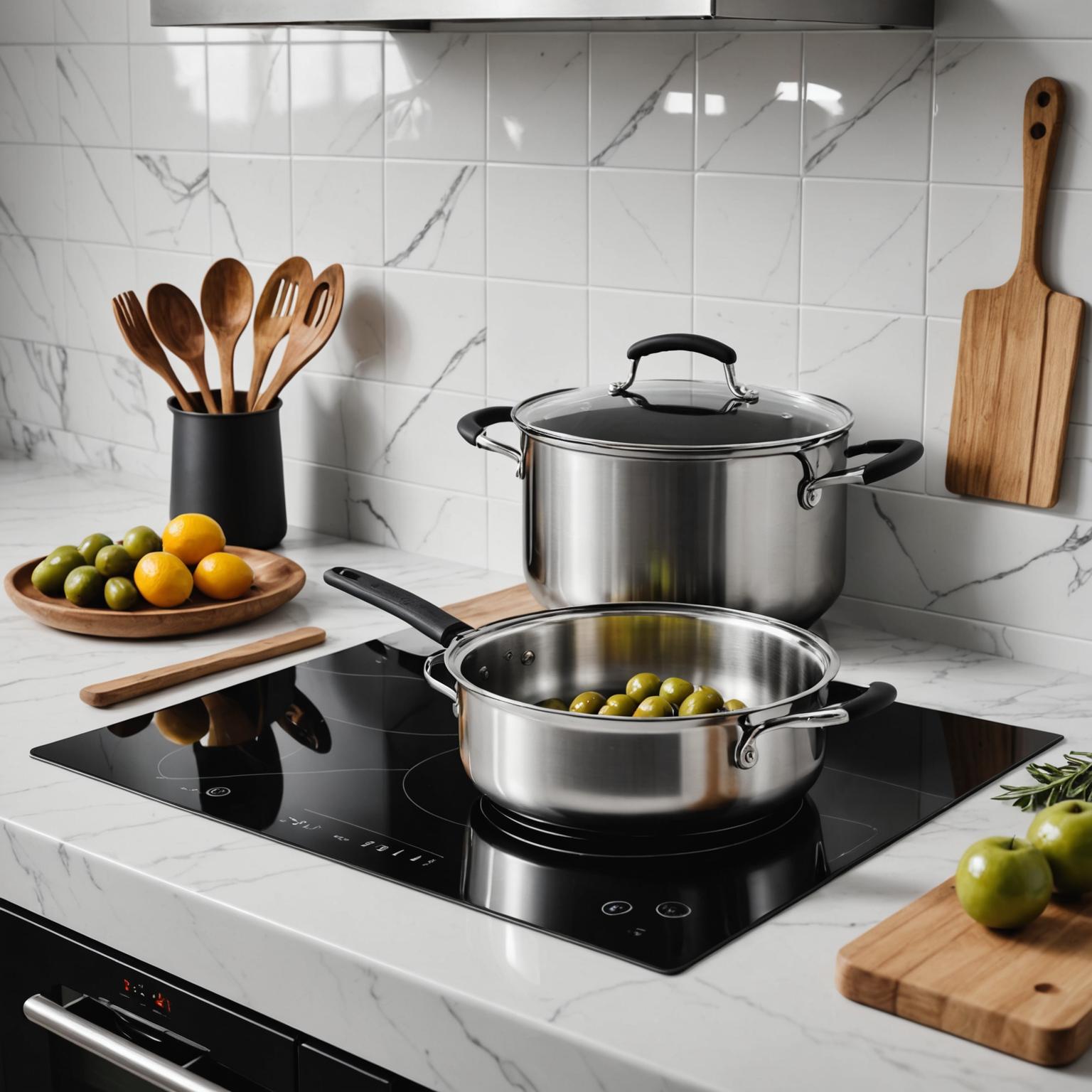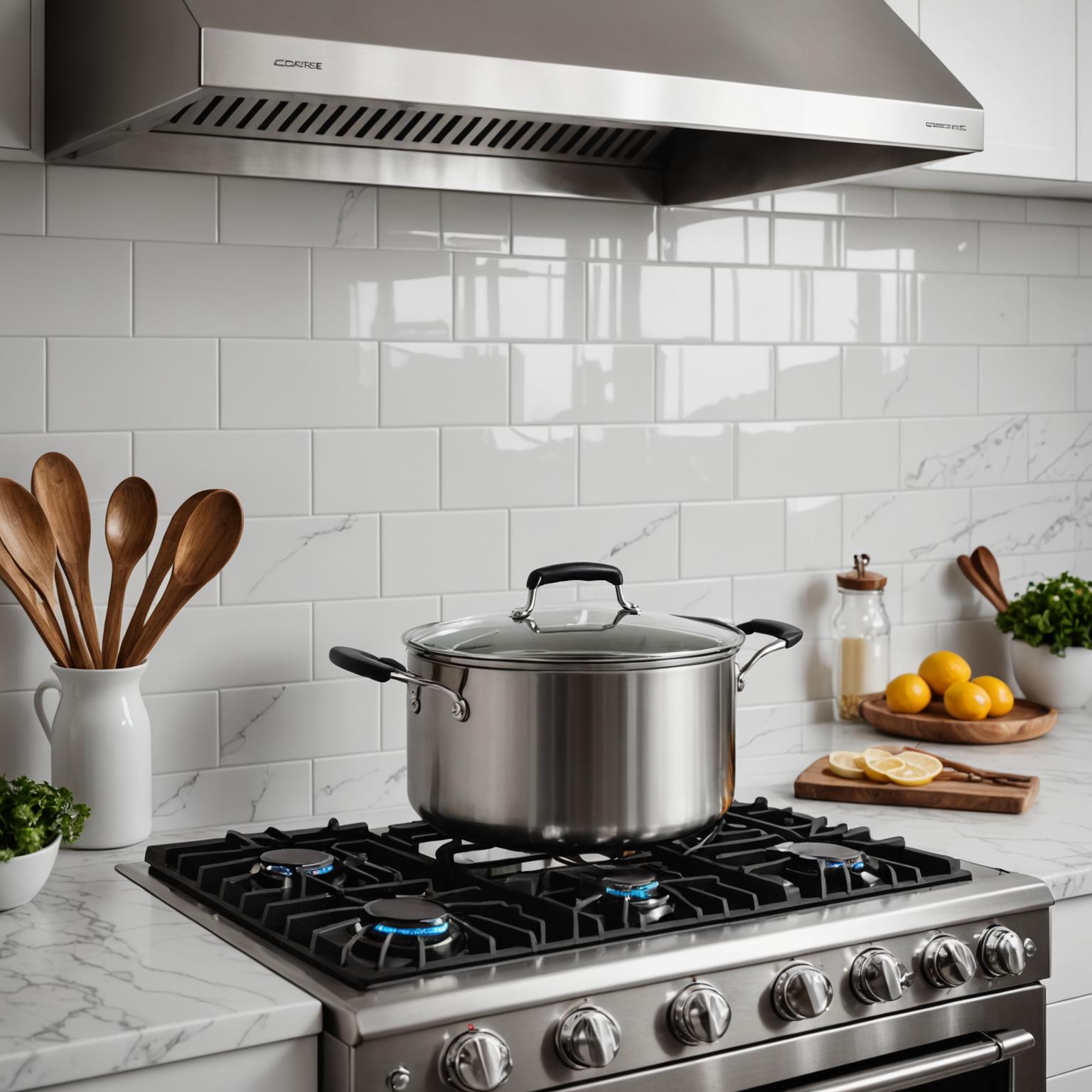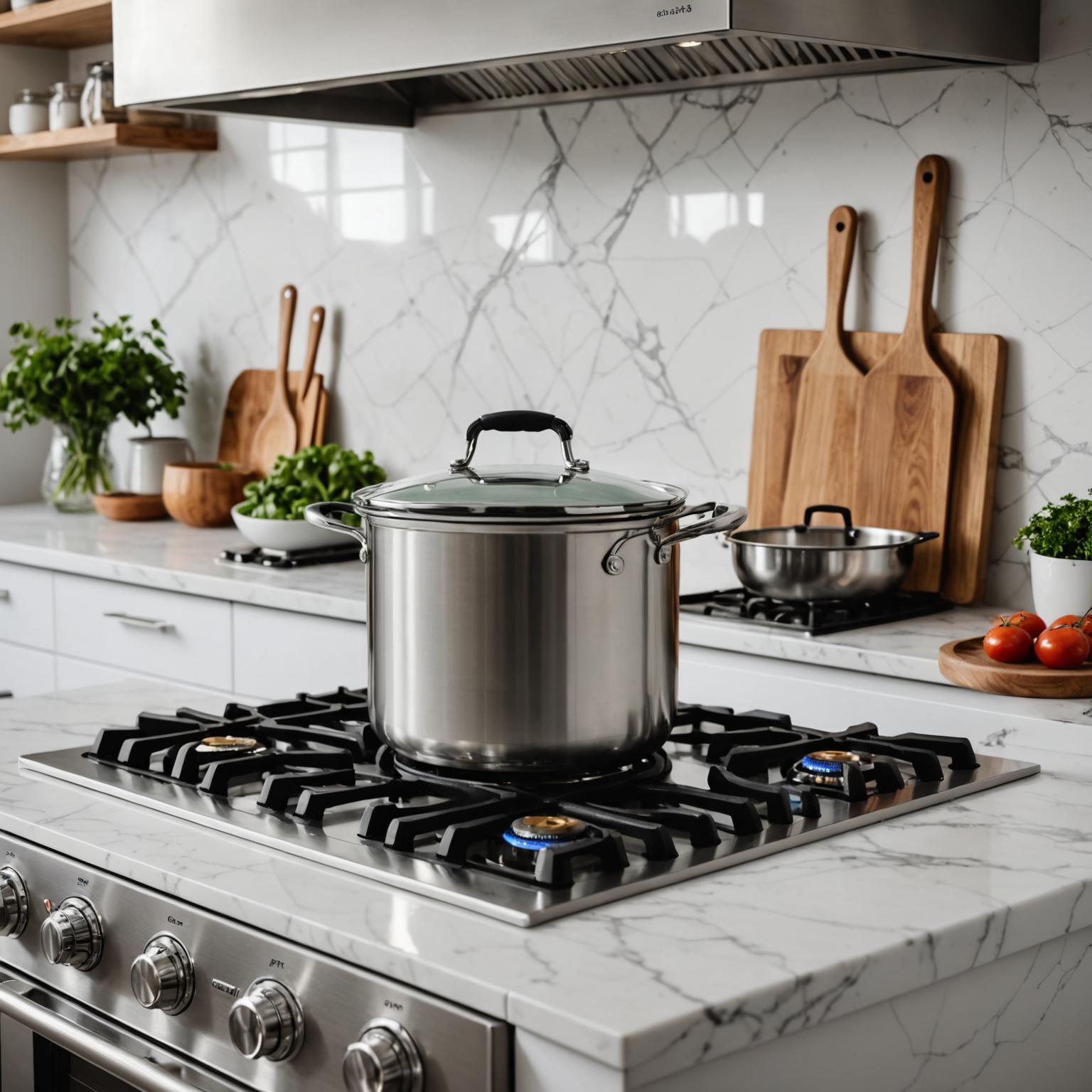What is ceramic glass?
Ceramic glass is an attractive material that combines the best properties of ceramic and glass. Unlike traditional glass, ceramic glass is designed to tolerate high temperature exposure without damage or deformation, making it suitable for a variety of industrial and domestic applications. It also has low thermal expansion, minimizing the risk of cracking under temperature fluctuations. As a durable material, its versatility and strength make ceramic glass the preferred choice for many industries. 
Properties of Ceramic Glass
Ceramic glass exhibits unique characteristics that make it different from ordinary glass and ceramics. The ability of high-temperature ceramic glass to handle extremely high heat while maintaining structural integrity is particularly special. It has excellent thermal stability and significant resistance to thermal shock. Additionally, its surface is smooth and non-porous, which simplifies cleaning and maintenance. These ceramic glass properties make it an excellent material for furnace windows, stoves and fireplace doors.
In addition, ceramic glass can be manufactured at different levels of transparency, from opaque to crystal clear, depending on the intended application. It usually has high mechanical strength and excellent optical properties to ensure its functional and aesthetic use.
Application of Ceramic Glass
Ceramic glass has been found in a wide range of industries. In electronics, components similar to ring inductors are in some cases using ceramic glass to improve energy efficiency and reduce electromagnetic interference. Likewise, kitchen appliances usually use ceramic glass for stoves and ovens due to their excellent heat resistance.
In the industrial aspect, ceramic glass is used in windows of high-temperature processing equipment and furnaces. It is also popular in the field of architecture, where architects use ceramic glass to create durable but stylish wall panels and heat-resistant fireplaces. These ceramic glass applications highlight their versatility, seamless mixing of forms and functionality.
Made ceramic glass
Ceramic glass manufacturing involves a complex process to achieve its high performance properties. The combination of state-of-the-art technology and precision engineering is to ensure that the materials meet strict quality standards. The manufacturing process begins with careful selection of raw materials (mainly silica and other additives) and obtained with controlled heating and cooling cycles to achieve the desired thermal and mechanical properties.
The ring inductor is a great example of precision engineering, comparable to ceramic glass manufacturing. While it serves the electronics industry, the strict production method of ceramic glass ensures similar high standards for applications across multiple industries. Just like the complexity of copper wire on ring inductors, the creation of ceramic glass proves to mix technical expertise with functional requirements.
Compare ceramic glass with conventional glass
Because ceramic glass provides inherent advantages, ceramic glass seems to be an unfair comparison. Traditional glass is prone to cracking at high temperatures and is prone to cracking, while ceramic glass is designed to withstand extreme heating conditions without compromising durability. In terms of thermal expansion, ceramic glass is superior to conventional glass by reducing potential ruptures from applications subject to fluctuating temperatures.
In addition, ordinary glass usually lacks the mechanical strength and heat resistance required for harsh environments, making ceramic glass the preferred material for advanced industrial applications. From stovetops to high-tech electronics, the functional advantages of ceramic glass continue to enhance its reputation worldwide.
Ring Inductor: A Complex Miracle
While ceramic glass exhibits the ability to resist heat and versatility, products such as ring inductors demonstrate innovation in energy management. In some cases, these unique devices benefit from the thermal properties of ceramic glass, highlighting their importance in next-generation engineering. The ring inductor combines compact design, reliability and high performance, which is a combination of precision and engineering excellence, just as ceramic glass does in its wide range of applications.







